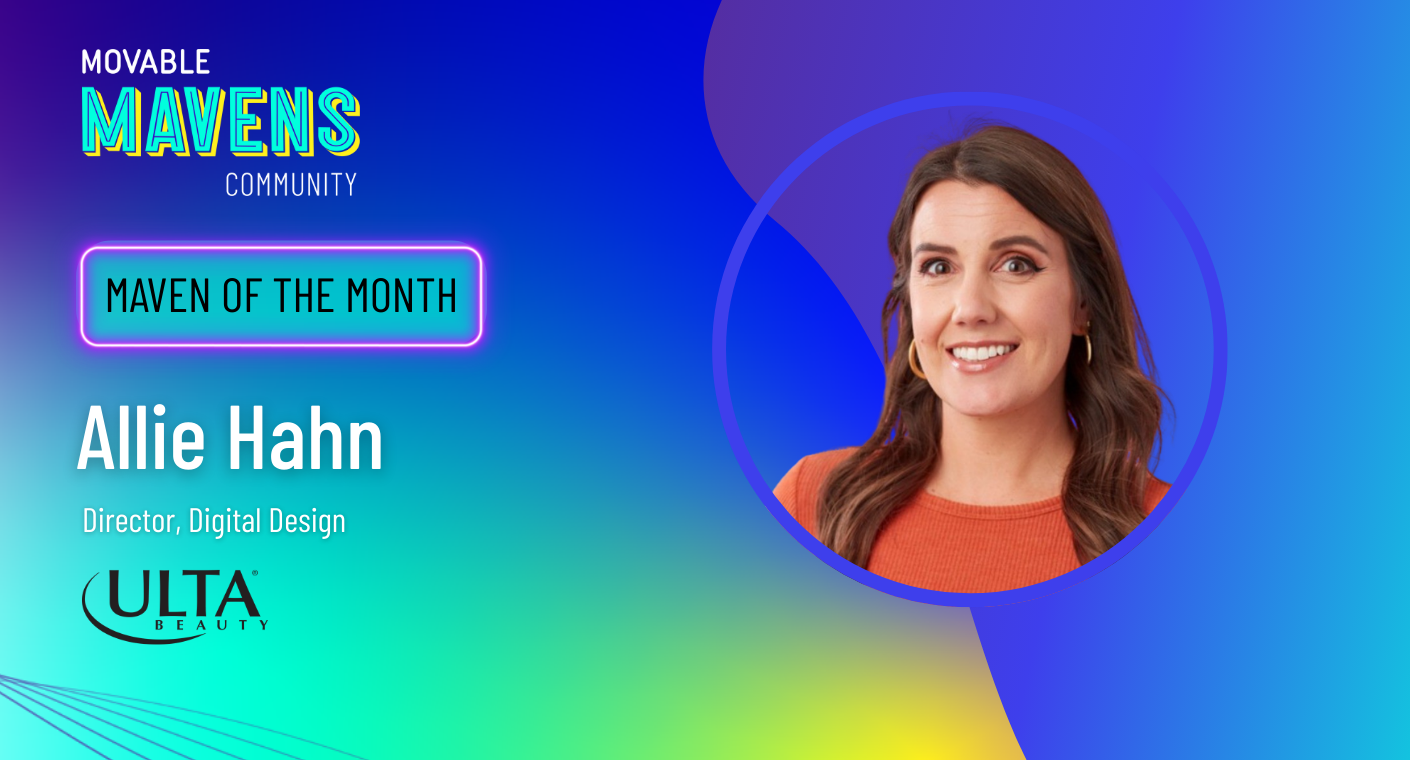Blog
Check out what the world's marketing mavens are reading to bring their personalization strategies to life.

There's nothing here... Try looking for something else.
2025 Black Friday & Cyber Week: The Data Behind the Deals
BFCM didn’t end in November. Use what worked (and what didn’t) to shape your 2026 plans.
Check out what the world's marketing mavens are reading to bring their personalization strategies to life.

There's nothing here... Try looking for something else.

